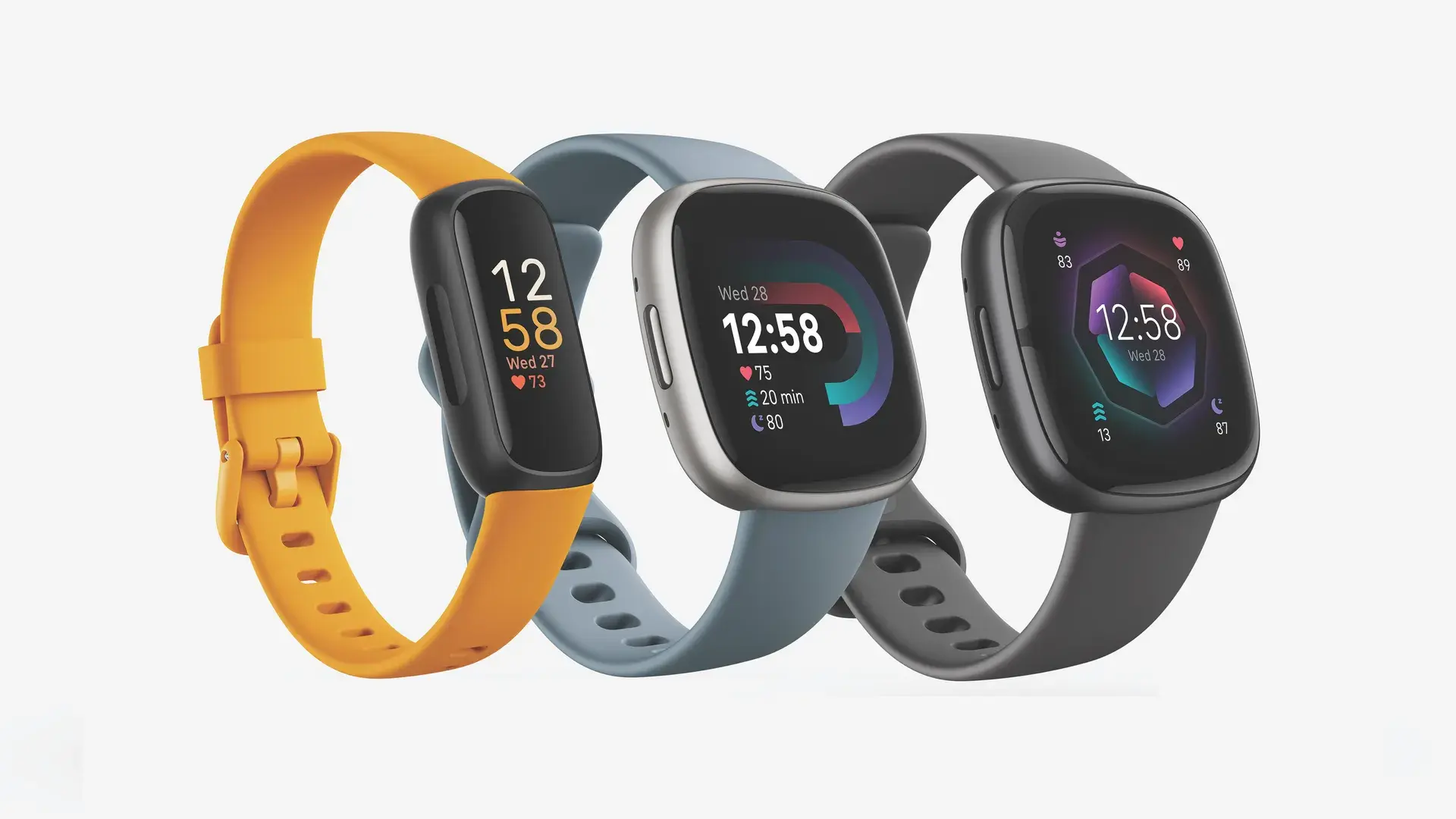If you’re in the market for a brand new wearable, you might want to take a look at the Fitbit or Apple Watch. The thing is, both are known to be good choices for health and wellness tracking. They are also great devices that extend your smartphone. But when it comes to Fitbit vs. Apple Watch, which wearable is the most important?
Well, that’s a tough question to answer. There are some aspects where the Apple Watch is better, while in others the Fitbit is better. You should also consider the price, design, comfort and design. So there’s not really an easy answer to this.
But if you know how the Apple Watch and Fitbit wearables compare, things can become easy. And basically this guide will provide you. Keep reading to learn all about the things that can help you come to a conclusion.
Compatibility is the first thing to consider about Fitbit vs. Apple Watch
Compatibility is the first hurdle in this race between Fitbit and Apple Watch. Yes, both offer a sleek interface and excellent fitness tracking. But if you consider first-party app compatibility, for example, the stories are different.
If you’re an iPhone user, the Apple Watch feels like a natural extension of your phone. It seamlessly integrates with Apple’s health and fitness apps, creating a holistic data ecosystem. It also has a huge library of third-party apps, including dedicated music streaming apps like Spotify. All this makes it a true lifestyle companion. However, if you use it with Android, the experience will be completely different.

For Android users or those who prefer flexibility, the Fitbit shines. Its devices connect seamlessly to both iOS and Android via its dedicated app, offering a central hub for data, goals and features. No need to worry about switching ecosystems! However, the lack of third-party apps on newer Fitbits like the Versa 4 and Sense 2 can limit your options compared to the world of Apple Watch apps.
Popular activity tracker on Fitbit and Apple Watch
Now let’s test Apple Watch and Fitbit wearables in different athletic arenas.
Both contenders boast built-in GPS for accurate pace and distance tracking. But in the long run, the Fitbit Sense 2 is supreme. It’s lighter, has a longer battery life, and has special features to work with. However, if you crave distraction-free running with music controls and text responses, go for the Apple Watch. With its optional cellular connectivity, it might just be the running buddy you’re looking for.

When it comes to lifting weights, neither Apple Watch nor Fitbit can measure weight lifted. But both offer workarounds. Fitbit’s weight training option in the app helps track reps and sets. The Apple Watch, on the other hand, boasts a wider selection of dedicated weightlifting apps. Ultimately, the choice depends on your preference for data tracking or app-driven guidance.
Gizchina News of the week
As for cycling, both wearables track indoor and outdoor cycling sessions. However, the Apple Watch is ahead of the curve with its iPhone integration. Live Activity on iOS displays metrics on your lock screen, and seamless connectivity with compatible devices like Peloton bikes enhances your tracking experience.

For adventure hikers, the Apple Watch wins. While the Fitbit offers basic metrics, the Apple Watch boasts features like Backtrack, which helps you track your steps and avoid getting lost, which is crucial in areas with poor cellular reception.
Apple Watch and Fitbit tracking and accuracy
Both Fitbit and Apple Watch track multiple health and wellness metrics. But how are they measured?
Be sure that both devices are accurate within reason. My walking experiment with both in hand yielded a similar number of steps, proving their reliability for basic tracking.

Apple Watch is taking the lead in safety features. Fall detection, noise monitoring and even crash detection offer peace of mind, especially for active people or those worried about potential risks.
![]()
However, Fitbit advocates for mental health awareness. Its flagship Sense 2 boasts a cEDA sensor, detecting electrodermal activity that can indicate stress levels. This unique feature empowers users to manage stress and prioritize mental well-being.
Design, battery and budget
The Apple Watch takes the crown for elegance and style. Wearables offer a variety of watch faces and straps to suit your personality. However, Fitbit cares about comfort and functionality, with lightweight options perfect for an active lifestyle.

When it comes to battery life, the Fitbit reigns supreme here! Apple Watch usually needs overnight charging. But some Fitbit models boast a week’s worth of battery life, freeing you from the daily hassle of charging. This is crucial for those who prioritize long workouts or continuous sleep tracking.
Fitbit throws another knockout punch with its budget options. The Sense 2 and Versa 4 offer similar features to the Apple Watch at a fraction of the price. While Apple has the more affordable SE model, it lacks some key features like EKG and cycle tracking. For value-conscious shoppers, the Fitbit is the clear winner.
Who is the winner? It depends…
Apple Watch: The stylish champion for iPhone users looking for advanced features, safety measures and app integration. But be prepared for overnight charging and a higher price.
Fitbit: The budget-friendly, long-lasting companion for cross-platform compatibility, comfort and stress management. But you’ll miss out on some advanced features and cellular connectivity.
Fitbit vs Apple Watch: How to Choose the Right Fitness Smartwatch?








